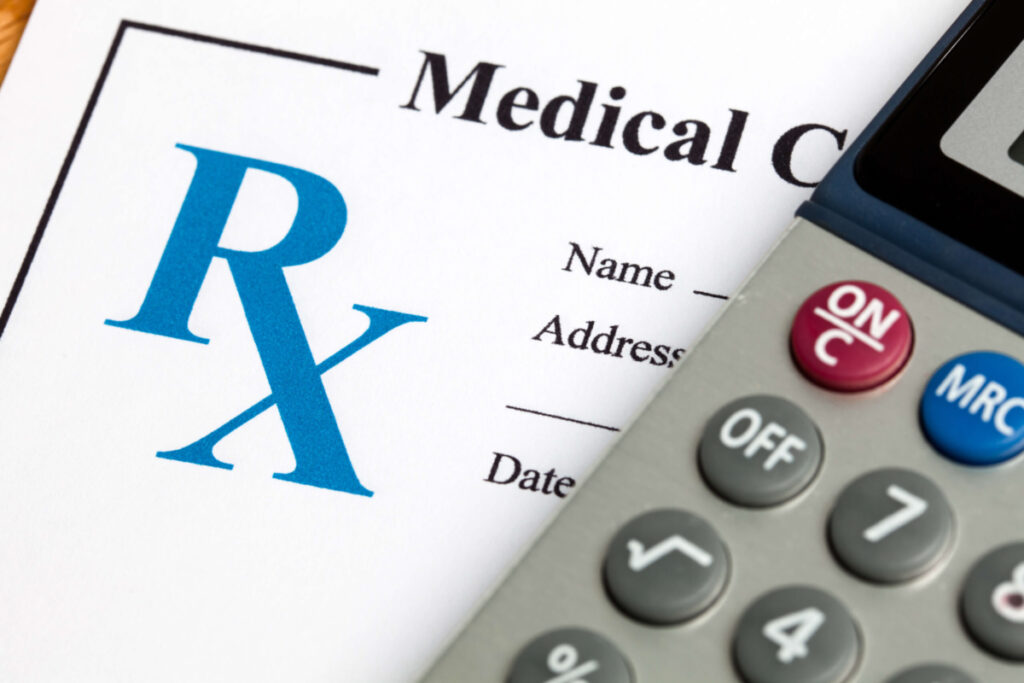Unpredictable and unrelenting drug price increases drive up health insurance premiums and challenge states’ public purchasers as they weigh escalating costs against balanced budget requirements. The National Academy for State Health Policy’s (NASHP) newest model law, an Act to Protect Consumers from Unsupported Price Increases on Prescription Drugs, levies hefty fines on manufacturers that impose unjustified price increases and then uses the fines’ revenues to lower costs for consumers.
According to findings from the independent, non-profit Institute for Clinical Effectiveness Research (ICER), a sampling of seven frequently prescribed and high-cost medicines, including Humira and Lyrica, had net unsupported price increases that resulted in additional spending of $4.8 billion over two years – billions of dollars that went to manufacturers’ profit at the expense of consumers.
Read and download a copy of NASHP’s Act to Protect Consumers from Unsupported Price Increases on Prescription Drugs and a Q&A on the model law.
Each year, ICER identifies and evaluates high-use, high-cost drugs and issues a report identifying those whose net price increases are unsupported by evidence. The drugs selected to date mirror the list of drugs identified by states with drug transparency laws and ICER has formalized a process for other states and stakeholders to identify additional drugs for future review. NASHP’s new model law, developed in collaboration with its Pharmacy Cost Work Group, uses ICER’s annual list to identify unsupported price increases and requires manufacturers of the drugs identified to report:
- The total sales of the drug in that state to the state’s tax assessor, and
- The list price of the drug for the current and previous year, and other relevant information.
A resulting fine will be assessed on 80 percent of the difference between the previous list price, adjusted for inflation, and the current list price. Audits may be conducted by the state tax assessor, and manufacturers who fail to make timely reports are subject to penalties.
ICER is currently working with advocates for people with disabilities to address their concerns with ICER’s analytics used to establish fair pricing and its use of quality-adjusted life years (QALYs). However, ICER’s methodology used to determine unsupported price increases does not rely on QALY assessments. Instead, the unsupported price increase report focuses more narrowly on determining whether or not a price increase is supported by new clinical evidence on safety and efficacy.
This proposal differs from NASHP’s earlier approaches. Its anti-price-gouging model law (An Act to Prevent Excessive and Unconscionable Prices for Prescription Drugs) empowers state attorneys general to take action on generic drug prices that meet a threshold of excess price increases. This new model includes both generic and brand-name drugs and minimizes the administrative burden of implementation by states.
NASHP’s earlier Drug Affordability Review Board model law required states to establish an administrative apparatus and a complex process to evaluate certain drugs to determine an upper payment limit to protect payers from excessive prices. Maryland’s landmark, first-in-the-nation review board is currently being implemented incrementally, first effective for state employee plans and later, if approved by its legislature, extended to other payers. While an override is anticipated, its funding has been vetoed by the governor. In Washington State a similar measure was vetoed again citing cost concerns. Maine and New Hampshire have enacted much modified review boards for state employee health plans.
NASHP continues to support these efforts but recognizes the extraordinary pressures on state budgets and the limited capacity to launch new administrative structures. In this model, NASHP presents a less-costly, easy-to-administer plan that:
- Makes use of existing and respected analytic evidence to document unsupported price increases;
- Empowers existing state agencies to administer it; and
- Allows a portion of revenues generated from manufacturers’ fines to support any additional administrative costs.
NASHP anticipated opposition from the pharmaceutical industry and engaged legal experts in crafting this model to assure it does not run afoul of patent law or Commerce Clause concerns
An Act to Protect Consumers from Unsupported Price Increases on Prescription Drugs is the third in NASHP’s recent series of new model prescription drug pricing laws. Additional model laws are being introduced this summer and discussed by legal experts at #NASHPCONF20’s State-Only Summit on New Prescriptions to Lower Rx Costs, restricted to state officials and employees only, which is part of NASHP’s virtual annual conference Aug. 17-19, 2020. NASHP and its Pharmacy Cost Workgroup, with funding from Arnold Ventures, looks forward to supporting states as they advance these models in upcoming legislative sessions.



